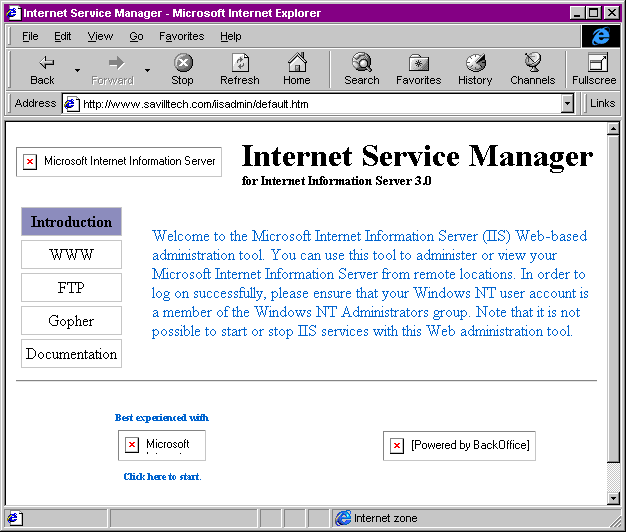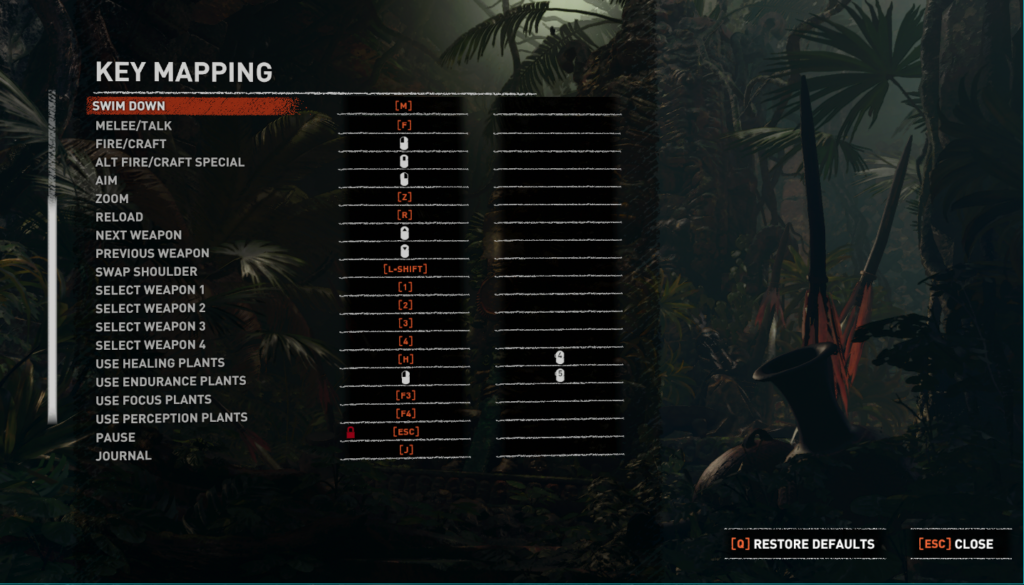

- HOW TO RESET TOMB RAIDER 2 PC CONTROL LAYOUT TO DEFAULTS FULL
- HOW TO RESET TOMB RAIDER 2 PC CONTROL LAYOUT TO DEFAULTS PLUS
- HOW TO RESET TOMB RAIDER 2 PC CONTROL LAYOUT TO DEFAULTS DOWNLOAD
Therefore, the next time you play a game such as Super Mario Bros. Pressing the 'A' button would then record into the config file as input_a_btn = '1', so RetroArch will know that the 'A' button on your physical controller corresponds to the 'A' button on RetroArch's virtual controller, the RetroPad. When setting up the controller in EmulationStation, these values are then assigned a respective action on RetroArch.įor example, suppose the 'A' button on a USB SNES controller has a value of '1.' When setting up the controller, EmulationStation would prompt you to press the 'A' button on your controller. This is an example config for a USB SNES controllerĪs seen above in the config for the USB SNES controller, each input on the controller has an associated value. Each emulator page on the wiki has a diagram of the original controller for its respective console that will correspond to the same inputs listed below.Īfter you've configured your controller the autoconfig will be created here: They can be used as a reference when configuring your controllers. The following diagrams are for the 3 most common controllers: Super Nintendo, Xbox 360, and PlayStation 3. You'll know if your controller has been automagically configured if you see a flash of yellow text on the bottom of the screen with your gamepad ID when you start a game. Your joypad is automagically configured for libretro (RetroArch) emulators when you configure your controller in EmulationStation. You can also access it from the start menu within EmulationStation under the Configure Input option. RetroArch controls have been integrated into EmulationStation and will be the first thing you see when you boot from the RetroPie SD image the first time.

If your real controller has less buttons than a DualShock, then the virtual RetroPad also has less buttons, that's perfectly fine.Īs RetroArch starts an emulator core, it maps the RetroPad configuration to the emulated system's original controls. You don't have to map all of the RetroPad buttons to a real world button.
HOW TO RESET TOMB RAIDER 2 PC CONTROL LAYOUT TO DEFAULTS PLUS
A RetroPad has an ABXY layout like a SNES controller plus four shoulder buttons and dual analog sticks like a Sony DualShock. A RetroPad does not exist in real life, it's a concept only within RetroArch. RetroArch controls map real-world controller buttons to a virtual controller called a 'RetroPad'.

When you configure your controller in EmulationStation, the RetroPie setup script automatically configures RetroArch with the same controls. This allows a specific setting or button mapping for a certain console or even just for a certain game.įor emulators which are not libretro cores, there are emulator-specific configurations under the respective system's wiki page. However, RetroArch also provides the freedom to configure specific emulators individually and even individual games differently if the user wants. RetroArch and libretro provide ability to configure controllers once for many emulators instead of having to configure each emulator individually. I don't want any viruses on my new laptop when downloading ROMS and games.
HOW TO RESET TOMB RAIDER 2 PC CONTROL LAYOUT TO DEFAULTS DOWNLOAD
I'm wondering what the best and SAFEST site is to download games for RetroArch. I want to download RetroArch on my Dell Inspiron and start playing some old Original Xbox games and maybe some GBA games too.
HOW TO RESET TOMB RAIDER 2 PC CONTROL LAYOUT TO DEFAULTS FULL
Emulating games on PC usually means a full emulator and different program per platform, but RetroArch can actually emulate quite a large number of systems, all within a single program. RetroArch isn’t an emulator in and of itself – think of it as a hub for emulators and media accessible under a single, unified interface. For example, lr-snes9x2010 is the libretro core of the SNES emulator called snes9x2010. In RetroPie, the libretro emulator cores are identified with a lr- in front of their name. With a few simple changes to the emulator source code, almost any existing emulator could become a libretro core. RetroArch then handles the input (controls) and output (graphics and audio) while the emulator core handles the emulation of the original system. RetroArch and libretro provide a way to take an existing emulator and load that emulator as a library or 'core'. RetroArch is the official front end for the libretro API.


 0 kommentar(er)
0 kommentar(er)
